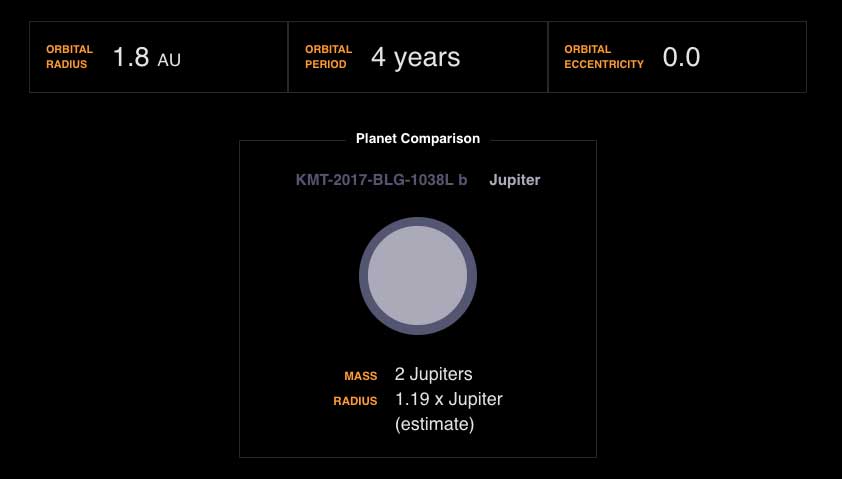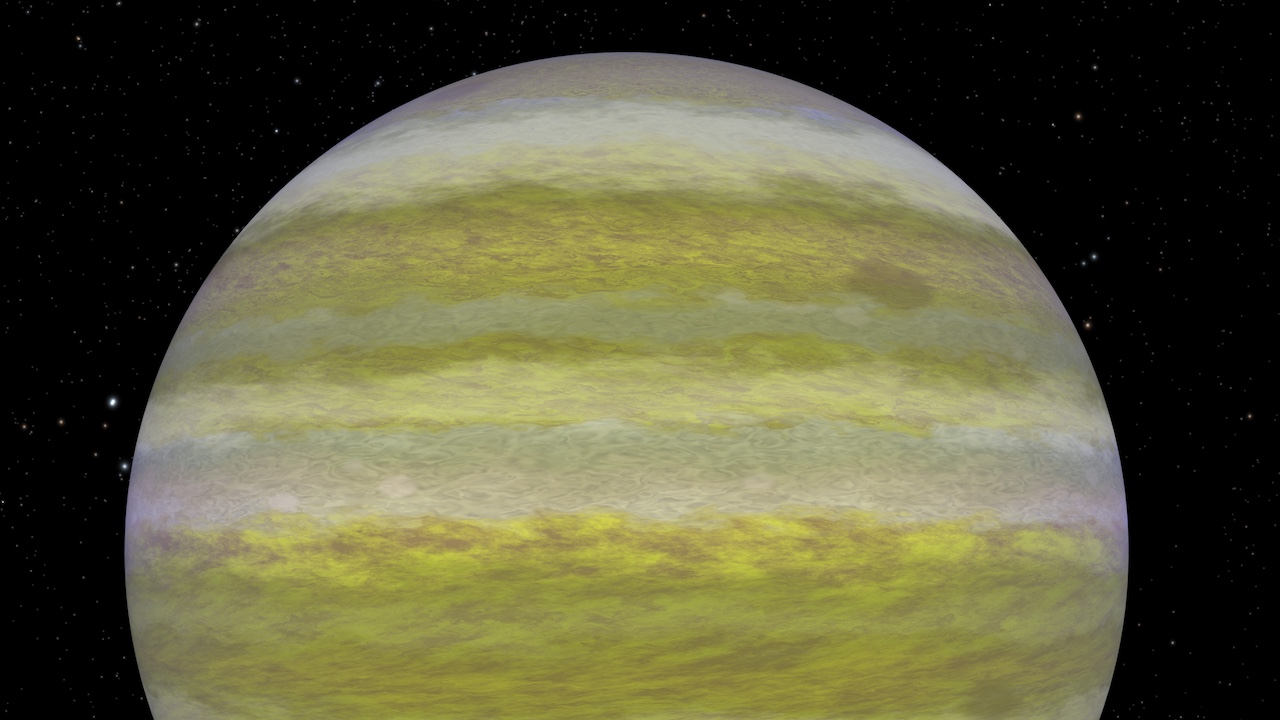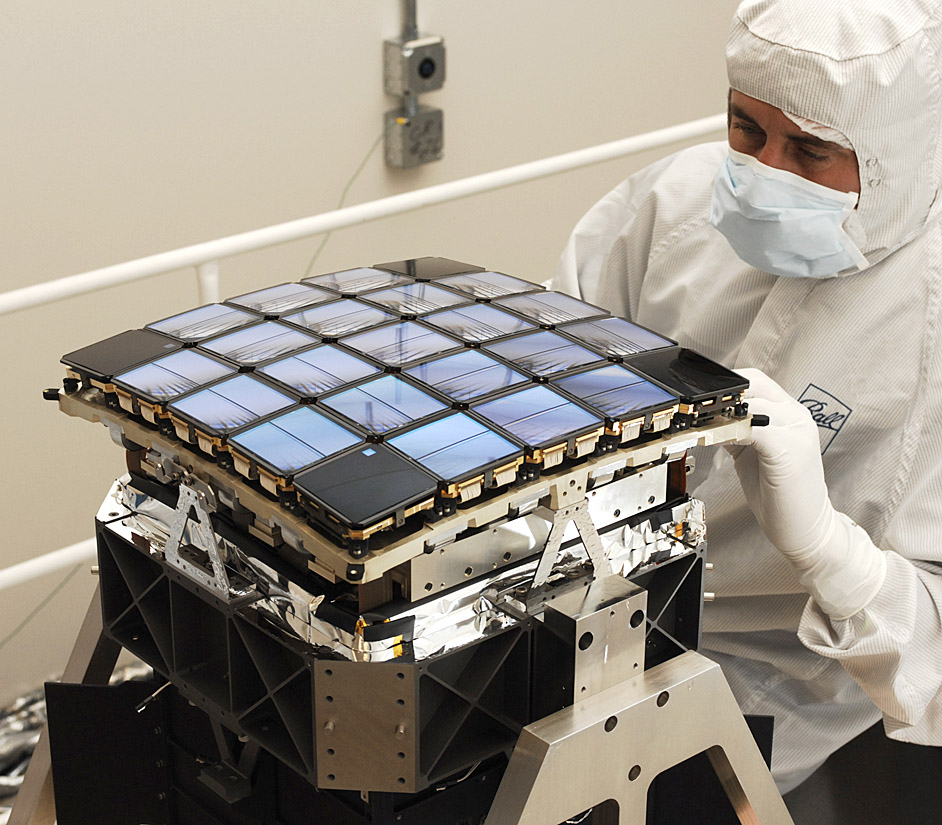2 min read
KMT-2017-BLG-1038L b is a gas giant exoplanet that orbits an unknown-type star. Its mass is two Jupiters. It takes four years to complete one orbit of its star and it's 1.8 AU from that star. An AU is an astronomical unit – the distance between Earth and the Sun, or about 93 million miles (150 million kilometers).

Discovered: 2019
Distance from Earth: 19,569 light-years
How was it found? Microlensing
Observations from the Korea Microlensing Telescope Network led to the planet's dicovery using gravitational microlensing.
This method derives from one of the insights of Einstein's theory of general relativity: gravity bends space. We normally think of light as traveling in a straight line, but light rays become bent when passing through space that is warped by the presence of a massive object such as a star. This effect has been proven by observations of the Sun's gravitational effect on starlight.
When a planet happens to pass in front of a star along our line of sight, the planet's gravity will behave like a lens. This focuses the light rays and causes a temporary sharp increase in brightness and change of the apparent position of the star. Astronomers can use the gravitational microlensing effect to find objects that emit no light or are otherwise undetectable.







